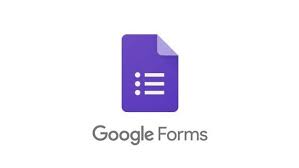Students’ behavior on blended language learning
Keywords:
Students’ behavior, English language learning, blended learningAbstract
Integrating face to face and online learning are growing rapidly. Recently, blended learning is a model of learning that able to enhance and optimize learning. This paper describes learners’ behavior in the implementation of blended learning through the University’s Learning Management System (LMS). This model is the combination of face-to-face and online learning which consist of many applications such as student voice recording, user roles, courses, students’ assessment, discussion forum, and internal communication. The intensions of this study is to observe the students’ behavior on language learning implemented by blended learning model. We further attempt to understand the students’ behavior, attitude, and achievement. The participants of this study are 37 students from the first semester of Informatics Technology (IT) department. The students were taught in blended learning approach by using ‘eBelajar’. Based on the results of the implementation of blended learning in the teaching and learning process, the researchers found that blended learning was more effective and efficient educational experiences rather than face-to-face learning. The findings of this study also showed that students were satisfied with the use of blended learning in the teaching-learning process, and their academic achievements were also better than expected. It is suggested that the teachers and students can use blended learning for others subjects in order to make the teaching-learning process more alive and make the students feel enjoy in joining the learning processes.
Downloads
Published
How to Cite
Issue
Section
License
1. Copyright of this journal is possession of Editorial Board and Journal Manager, by the knowledge of author, whilst the moral right of the publication belongs to the author.
2. Legal formal aspect of journal publication accessibility refers to Creative Commons Atribution-ShareAlike (CC BY-SA), implies that this license lets others remix, adapt, and build upon your work even for commercial purposes, as long as they credit you and license their new creations under the identical terms. This license is often compared to “copyleft” free and open source software licenses.
3. Every publications (printed/electronic) are open access for educational purposes, research, and library. Other that the aims mentioned above, editorial board is not responsible for copyright violation















